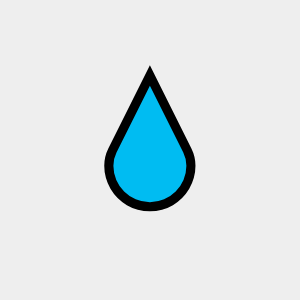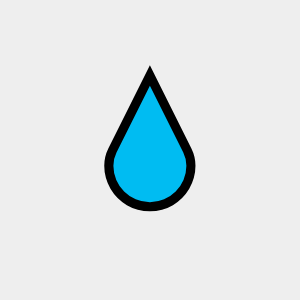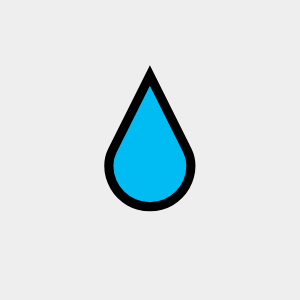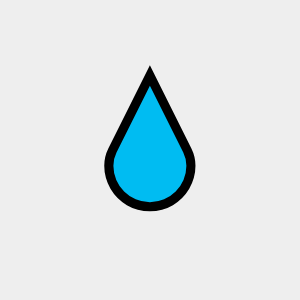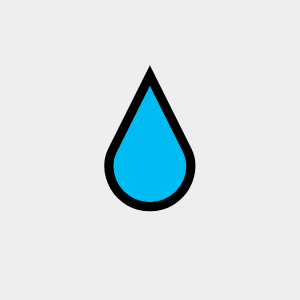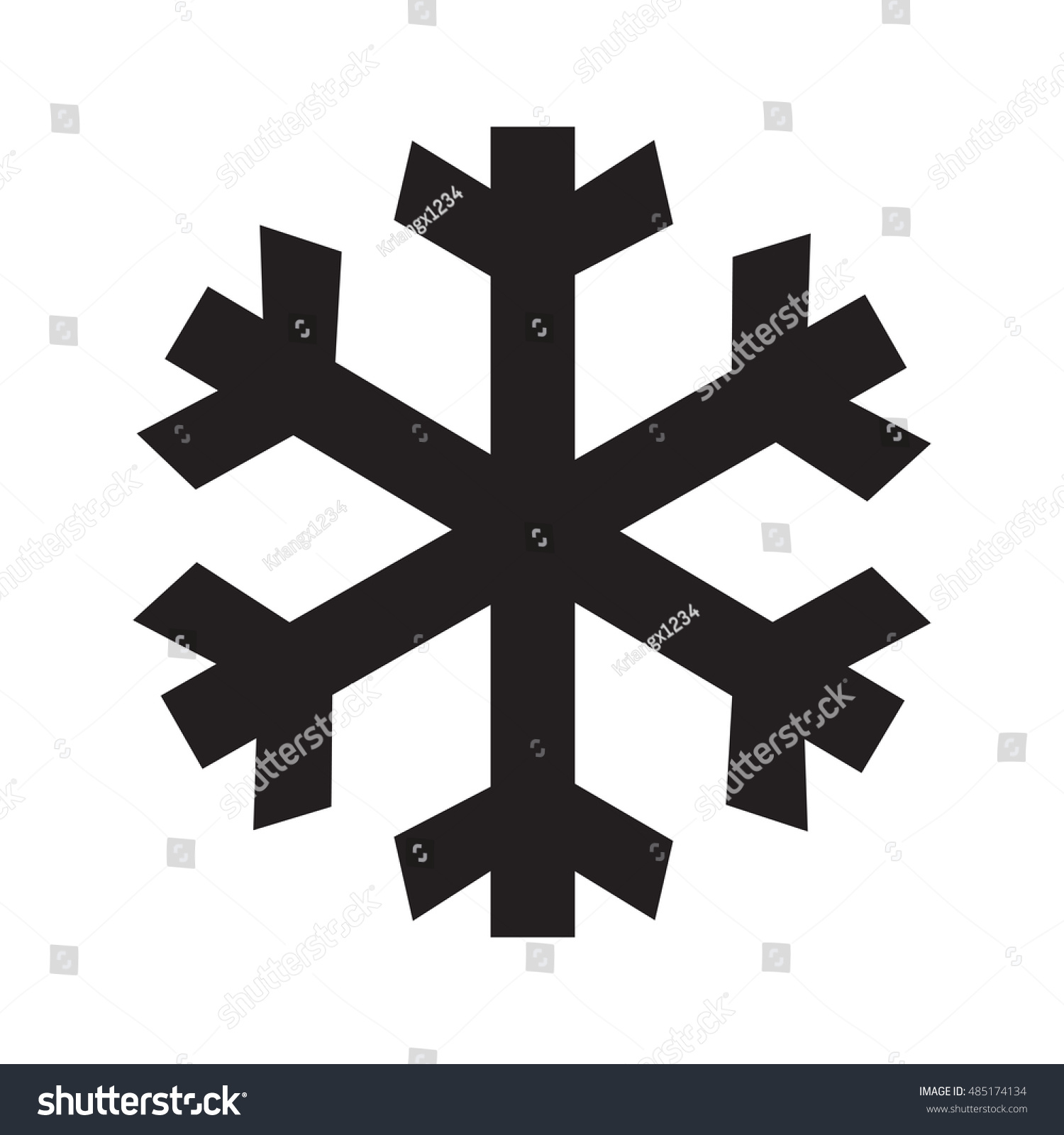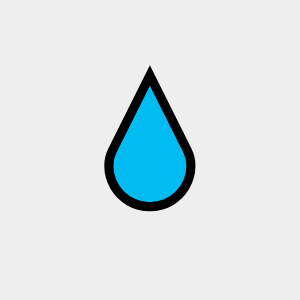Title Page
-
Site conducted
-
Conducted on
-
Prepared by
-
Location
-
Work order number
Untitled Page
(T)ools, (S)afety Equipment and (M)aterials
-
Mechanics tool set
-
Cleaning equipment and materials
-
Lubricants
Safety Guidelines
-
Tag out and lock out equipment before servicing
-
Schedule outage with operating personnel
-
Strainer cleaning requires removal of pump unit and should be handled as a repair
-
Excessive sediment and debris, not removed by flushing the pit should be handled on a separate work order
-
Follow site safety procedures and your supervisor instructions
-
Record and report to your supervisor any equipment damage or deficiencies found during this maintenance task
-
Record all test results in the component maintenance log
-
Obtain and review manufacturer OM instructions
-
If the material removed from the pump is hazardous, follow Post instructions for disposal
Maintenance Procedures
-
Tag out units
-
Clean sand, sludge, and deposits from sump and pump screen
-
Inspect for corrosion of deterioration. Treat as necessary
-
Tighten loose bolts, screws, or fittings. 5. Inspect sump pump discharge line for leaks and tightness
-
Remove tags and energize circuit
-
Test sump pump “on-off” water level switch by adding water to sump and checking operation
-
On two pump installations: With both pumps off, add water to just above the “alarm” level. Turn both pumps on. Verify alarm sounds and both pumps start
-
Verify one pump stops when level drops below upper control
-
Check sump pump/motor for excessive noise or vibration
-
MOTOR AND CONTROLS PROCEDURES (ANNUAL):
-
Clean exterior of motor surfaces of soil accumulation
-
Check hold down bolts and grounding straps for tightness
-
Lubricate bearings
-
Check hold down bolts and grounding straps for tightness
-
Check controller for proper operation. Check electrical connections for tightness. Relamp as necessary
-
Remove tags and return to service
Maintenance Hours
-
Estimated time spent on work order?
